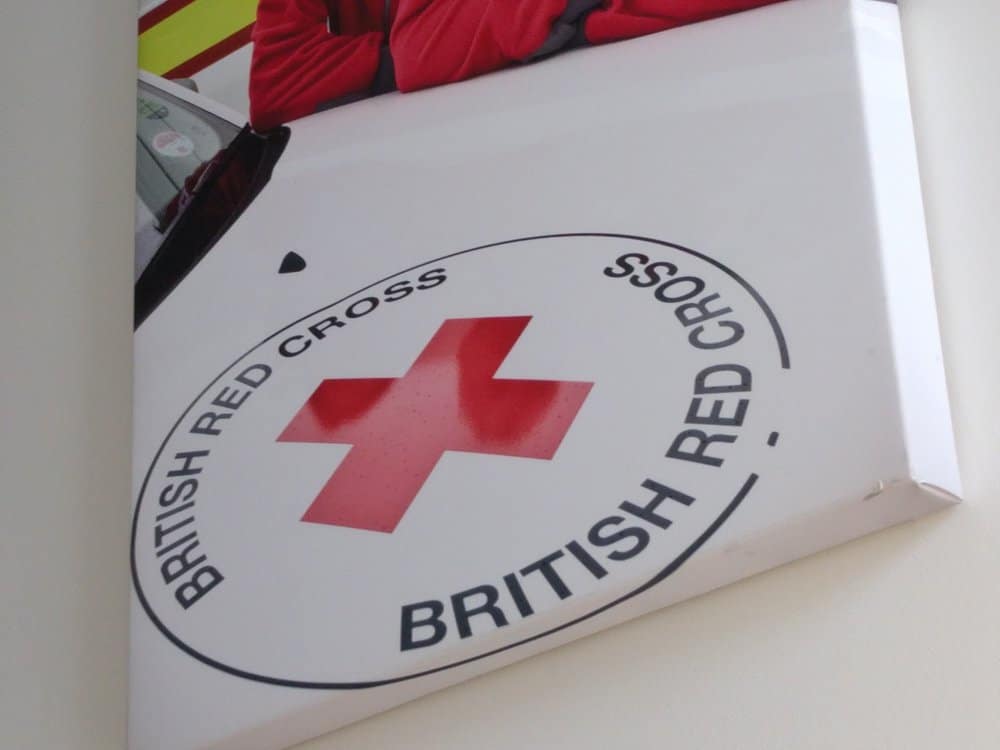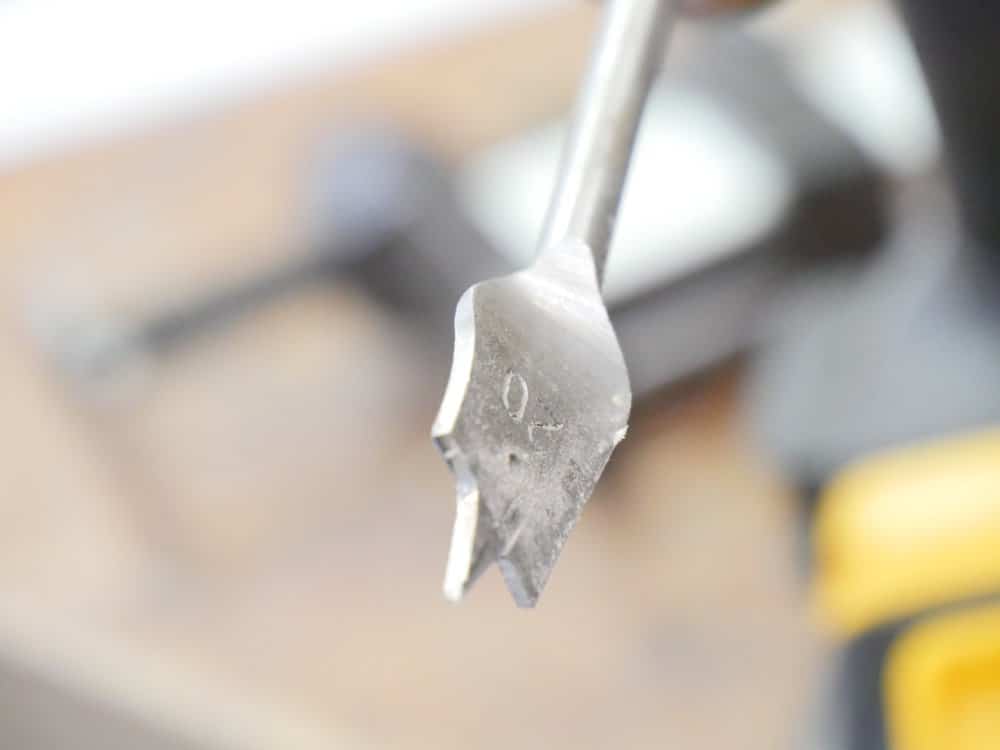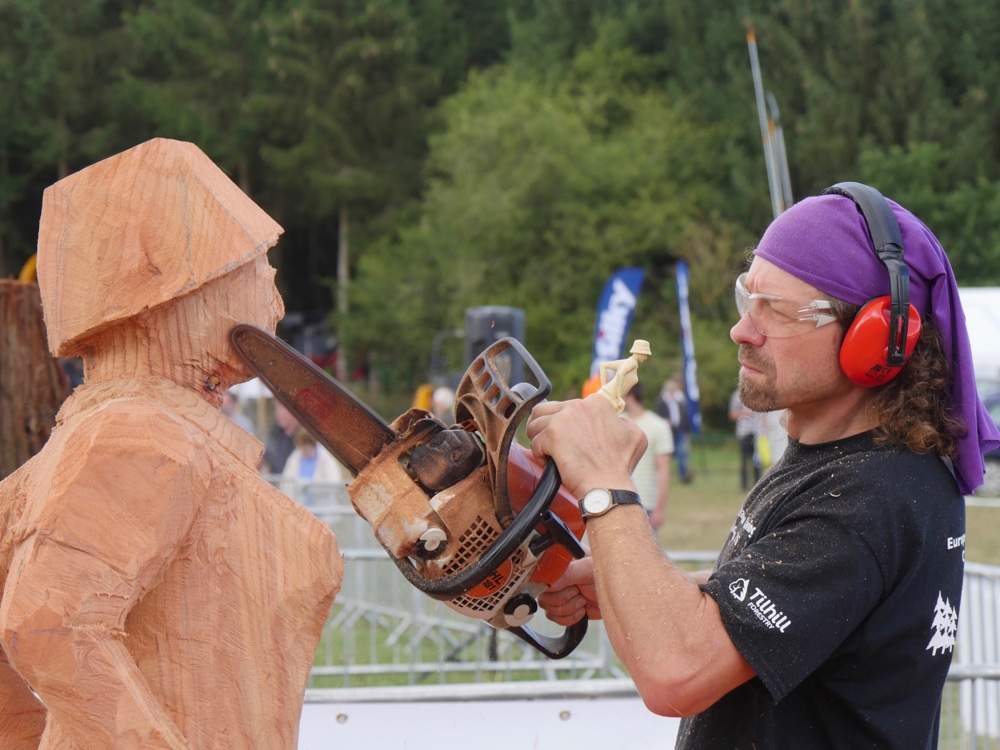First Aid in the Workplace, Which Includes Home and the Outdoors
Some decades ago I recall Fine Woodworking contacted me and asked about accidents in the woodworking school. I said we’d never had any serious incidents in two decades and the very worst to date was 2 stitches in a man’s hand that wouldn’t stop bleeding because he was on blood thinner which stopped the blood from clotting as per normal. What they were looking for was really machine-related injury, so we were disqualified as we only taught handwork back then. The truth is that hand tools too can cause great injury if you are not careful. 
I want always to be prepared to help
I decided to upgrade my first aid certification last week as mine was out of date. I didn’t learn much more than I had learned from previous courses yet the course was much shorter at 3 days than my previous training. The fact is the human body hasn’t changed and neither has the knowledge.

I did the course because you never know when someone will need your help. I see machinist woodworkers around me most days in other working areas and feel obliged to at least do the best I can to be there for them. This course helped me greatly and I felt my confidence levels return to a point where I felt that I could stand in the gap until experienced help could get to the scene.

Of course it was more than just the workplace. All of the knowledge and skills could be applied to dozens of other situations. Sitting in the office/studio back at work the past two days I felt thankful that we could help others beyond our sphere.
First aid goes with you wherever you are and I have pulled my fair share of splinters over the years. In my work splinters and cuts go with the territory as can sprains and the occasional broken bone. Of course beyond that there is self help too. What do you do when you are 30 miles from the nearest anything in the middle of mesquite terrain covering a hundred miles and more? The chainsaw slipped and the tip of your finger disappeared? How about when you took all the precautions, guards in place and so on, and a slight slip caused your finger to catch the very itty-bitty corner of the cutter head. Can’t happen? Some say so. Anyway, that’s not the point, the accident’s happened and you have to handle them as best you can somehow. These things of course happened for me back in the nether days when the www was just a babe in arms and cell phones were not. I raised my arm, applied a pad from my first-aid kit and the blood thankfully stopped. How easy is that. You can download first-aid apps these days that walk you through the steps to dealing with injuries, but it is still better to have hands-on. You never really know where you will be in a time when need and speed unite. Are you ready? That’s all this blog is about. EVERYONE can learn some basic first-aid to get through a crisis. Your mates, your kids, your husband or wife may depend on a little bit of knowledge. You can join a course online for free these days too, or you can pay for a course and attend with other people as i just did. I found this helpful because of the added interaction with my fellow first aiders. The choice is yours. You will always feel better if you are ready!



Back in the 70’s my father was doing first aid and safety at a underground potash mine. He started a program where all the employees would be trained in first aid. One of the side effects of this was that the accident rate dropped significantly.
So it seems that first aid training also causes one to be more careful.
See, for me, that’s taking responsibility. There’s a man who saw the issues and provided a solution right there. People became responsible for one another and showed care. Watch out now for the home-turf protectors and naysayers, but recovery positions and removing splinters is not rocket science and neither is an abdominal thrust (formerly Heimlich maneuver). DIY first aid seems to go parallel with woodworking to me.
Paul, it is so refreshing to hear about others out there that stands up to following the instructions for the safety of others as well as themselves. Now a days when someone steps up to point out that what one is doing can cause a situation that is an unsafe for others let alone themselves having to be excused for stepping up. Thank you
I so accident prone that I say if I and not bleeding the job is not done right. I do agree people should learn how to administer simple first aid. I was luck enough to work in a place that had an annual training program.
” If you as the first aider are taken out, who is going to do what you planned on being there for?”
I’ve seen this exact thing happen back in the early 70’s when I had my first job in a machine shop and it wasn’t pretty.
A week later we had a couple of firemen come in to the shop to give us some basic first aid training.
This is a great post Paul.
I removed some of my fingers with a table saw some years ago.
The doctor who did the immediate surgery wanted to remove one of my fingers. Even under drug induced pain killers I refused to have that done.
Later when I was faced with a choice of amputation I found a doctor who saved my finger of which i have 80% use of today.
My point is find a hand specialist ahead of time, I was lucky and a nurse recommended one to me when i refused to accept the diagnosis. Keep his or her phone number handy if the unthinkable ever happens! Call them after you get stabilized for a second opinion.
Be careful out there, things happen fast when you least expect them to.
Paul,
This reminds me of a story , Its not about anyone getting hurt physically , Maybe some feelings got hurt but it is a funny story.
Also back in the nether days when i was a young lad 6th grade If my memory serves me. Summer was here and I was coerced by a pretty female to take a first aid class so I did, Scored a 100 on the test so I thought I knew something, Uh? Fast forward three months My parents sent me and my brother to a Military school in Chatom ,Va. The very first course the Colonel gave was us was the exact same first aid course that I just took three months prior, The course was given in the auditorium so every student in the whole Military school was there.
As the course was being taught The colonel kept asking questions but nobody wanted to raise there hand, except dumb me.
After about the fourth time of me answering the questions The colonel made me stand up so everybody could see me and then, he asked the question….. Cadet Mitchell, do you think you know everything about first aid , Well I thought he was speaking of the course and not literally everything… . So what do you think my answer was.?
Uhmmm.
Ten minutes seemed like 10 hours as he methodically ripped me a new one. Since that day I’ve never admitted to knowing anything about anything.Lol
Maybe it was one of those, you had to be there moments…. Or in my case ,wish you weren’t . Anyway as I read your blog I couldn’t help to remember that story so I though i would share it with everybody for a laugh. It does pertain to first aid, After all.
Such good advice. I found that if the slightest bit of doubt about the process creeps in, stop and re think! I have a stiff finger. I did not think. Never hurry! Thank you Paul for all your excellent blogs!
As a professional woodworker I’ve had my share of work accident and hours passed in the hospital. The causes are always the same, work in a hurry, under tension , don’t sleep enough, do repetitive things fast for a long time on a machine, they all lead to lowering your attention. I was a carpenter for the movie set industry where speedy work is the norm and I’ve seen quite a number of good boys loose some flesh. The picture above of the guy with a chainsaw remind me of a friend who ended with his chainsaw between his eyes and fortunately did’nt pierce his skull! So remember there’s no pay cheque that’s worth a finger.
Yes, I never understood why chainsaw carvers feel that bandanas are enough, and then just goggles or glasses too.
Because artists wear bandanas! face shields are for workers!
Moncho-men like that think they are cool.
Several years ago a co-worker of mine was using a chainsaw. The tip caught, jump back and cut his throat next to his jugular vein. He thought it was his jugular.
Not wonting to his young son to watch him die he sent him for help.
I know his thoughts because obviously he lived to tell the tail of only a serious nick, not the jugular.
As for Mr. Moncho. If that chainsaw tip causes it to jumps back and gets his jugular he will be cool alright, and six feet down. (Dumb ass)
And I forgot to say, always wear your protective gears. Chainsaw without a face shield and hard hat is suicide.
My dad was and is always extremely careful when working on site and is always telling me to be careful when working on anything with a sharp point.
The reason being despite being careful to the extreme for a man of his generation while working on a door in a restaurant one night after they closed, he was distracted by one of the staff, the wood just disintegrated and he put a very sharp chisel into his hand to the extent that he could see the bone.
He was extremely lucky that some of the staff were still there and were able to phone for an ambulance (no mobiles back then) and keep his hand in a bucket of ice. Despite this it still took over five years to regain a full sense of feeling in two of his fingers.
On safety I’ve just recently completed a fire warden course. I highly recommend doing one if you can. Watch a few fire videos online with timers showing how rapid fire spreads and reaches flash over (when everything in a given room spontaneously catches fire and nothing survives) in a lots of examples in was about 2 minutes or so. Understanding the basics of how fire develops spreads and how to prevent it could mean the difference between life and death. I’m implementing fire drills and personal evacuation plans for some individuals in work at the moment that could have difficulty getting out quickly. Also discovered all our fire extinguishers were out of date for maintenance got that sorted, all illuminated exit signs were not working so had their batteries replaced. I check the fire exits daily to make sure they are clear. All this gets recorded in a fire register. We have a good way to go to be fire compliant but I really care about the people I work with everyday. Everything is replaceable except life.
Good input, Mike and everyone. Thanks.
Perhaps a different slant on this: I often wonder if some injuries happen because we cannot imagine the things that can go wrong, especially when we only have ourselves to train us. You pay your money, take home a tool, say a grinder, but no one tells you the wheel can disintegrate or how to ring the wheel. No one explains that a sharp plane iron can slip from a plane and cut you badly if you do not tilt the toe down (that one hurt for half a year). No one explains that there can be fence wire in what seems to be solid wood and that wire can catch in the jointer or planer, or that the wood itself can fragment to pieces passing over the cutter because there was a hidden check or that for hand held circular saws it is often the saw that kicks back, not the wood. If you get a new tool, even a hand tool, gruesome as it sounds, search the web for injuries that can happen with that tool so that you can gain experience without a trip to the hospital. I recently learned of someone’s loss of a finger because the jointer table failed mid cut.
A mirror is an important part of a first aid kit (if you can’t open your eye(s), it’s hard to get help).
Good works as always Paul.
Paul, if you or anyone else has the task of being in charge of others within their workshop, here are a couple of extra points regarding First aid you may and would be wise to follow. t a first aid course would prove beneficial for all employees, there is no need to ever get complacent. 2. Get to know how “accidents” occur. 3. Also follow the mechanics of an injury. 4. be on the lookout for bugs within your own safe working systems and see if you can correct any likely future mishaps. Hoipefully this will help. Get into the practice ofr safe working procedures and continue to review them.
I love that you apply the certification and understanding of First Aid techniques to all areas of life – the workplace, home, and even outdoors. You are right, not much has changed over the years, but knowledge in First Aid has never been more important. I suggest that everyone invest in getting properly trained in First Aid and CPR because you never know when someone may need your help.